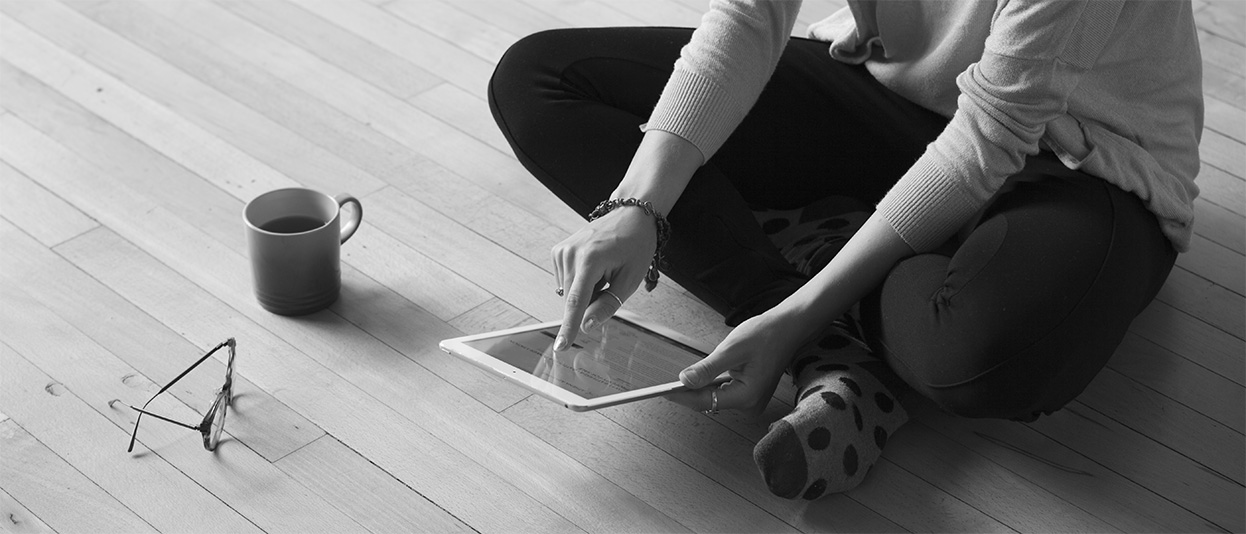Our approach
If you have a complicated, interactive thing, we’ll make it enjoyable to use.
This includes products, mobile apps, web services, websites. We’ll help with IA, UX, UI, Web Design, App Design, Interaction Design, Digital Strategy, Creative Direction, user testing, validation. We do it all, and couldn’t call ourselves experts unless we did.
Users expect a smooth experience
If a site takes too long to load, a form asks unnecessary questions, or a product overwhelms with too many features… today people won’t wait; they’ll simply leave.
Stand still and someone somewhere will soon overtake you by investing in a better UX. Get the experience right and you gain the edge.
